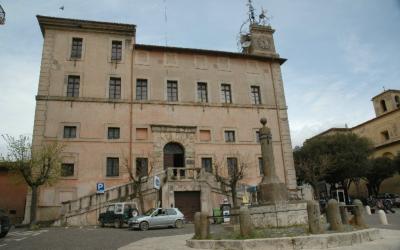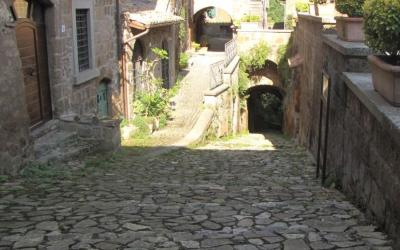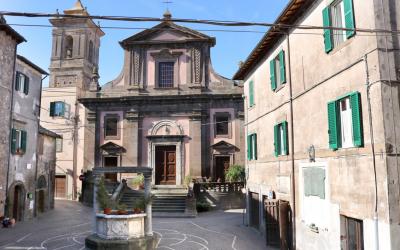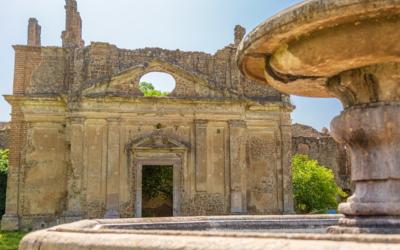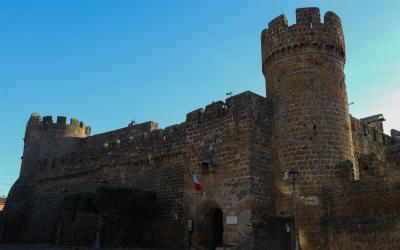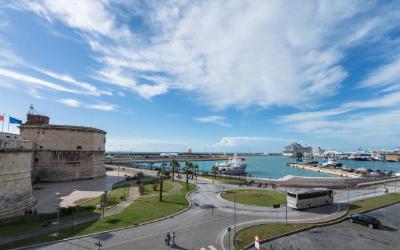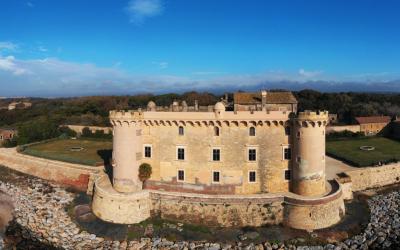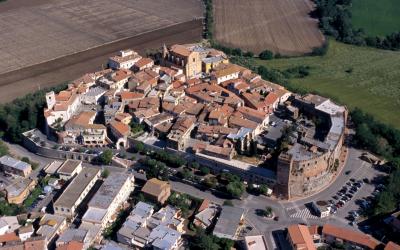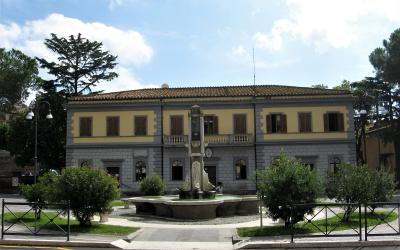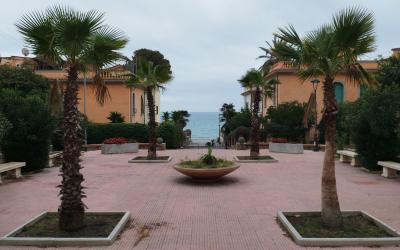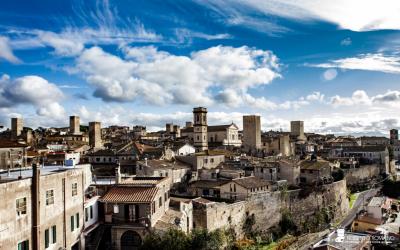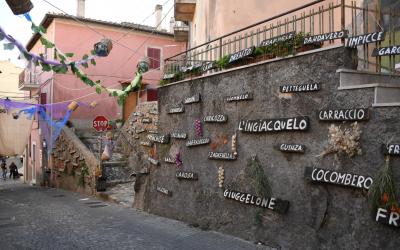Civitavecchia city that embraces the sea
The ancient port of Rome, established by the Emperor Trajanin the early 2nd century A.D., is today one of the largest cruise ports in the Mediterranean.
The city with 'la plus belle mer du monde', according to Stendhal, will welcome you with its monumental historical harbour, dominated by a majestic Renaissance fortress, and a splendid waterfront dotted with shops, hotels and restaurants, where modernity blends with the ancient charm of the monuments.
WHAT TO SEE
The Archaeological Museum is worth a visit. Among the exhibits is a sculpture of an Apollo-Helios, which can be identified as the only existing copy, on a smaller scale, of the legendary Colossus of Rhodes. Among the numerous places of worship, rich in ancient testimonies of historical and artistic interest, the Santuario di S. Agostino houses the well-known statue of the Our Lady of Medjugorje who, in February 1995, according to popular belief, wept tears of blood.
Take an excisitng stroll through the historic centre between the medieval fountain in Piazza Leanda, 'l'archetto' and the turret in Piazza Saffi, the Vanvitelli fountain and the prestigious Porta Livorno in the harbour, to Piazza Fratti, a suburb built at the end of the 17th century to become the Ghetto, and countless other streets and squares to discover.
One of the jewels in the city's crown are the archaeological sites, first and foremost the Terme Taurine - one of the most important thermal complexes from the Roman era in the whole of southern Etruria - and Aquae Tauri, adjacent to the 'Ficoncella' spa ,a place where it is still possible to bathe in the warm sulphurous waters with their well-known beneficial properties.
The marina with its marvellous sunsets, with cruise ships in the background and the silhouette of the famous 'Statua del bacio'.
For lovers of nature and hiking, a visit to the Frasca coastal site, designated a Natural Monument by the Lazio Region, cannot be missed.
TRADITIONS
Not to be missed are the many religious and secular traditions such as the ancient penitential procession of the Dead Christ, or the celebrations dedicated to the Christmas of Civitavecchia, which falls on 15 August, fireworks and a frying of fish products that was originally prepared inside a giant frying pan, hence what it is still called: the 'Padellone'.
Civitavecchia is all this, and much more!

